- This Month in Wildlife Sightings #Jan2022
- This Month in Wildlife Sightings #Feb2022
- This Month in Wildlife Sightings #March2022
- This Month in Wildlife Sightings #April2022
- This Month in Wildlife Sightings #June2022
- This Month in Wildlife Sightings #Sep2022
- This Month in Wildlife Sightings #Nov2022
- This Month in Wildlife Sightings #Dec2022
- This Month in Wildlife Sightings #March2023
- This Month in Wildlife Sightings #April2023
- This Month in Wildlife Sightings #May2023
- This Month in Wildlife Sightings #June2023
- This Month in Wildlife Sightings #May2024
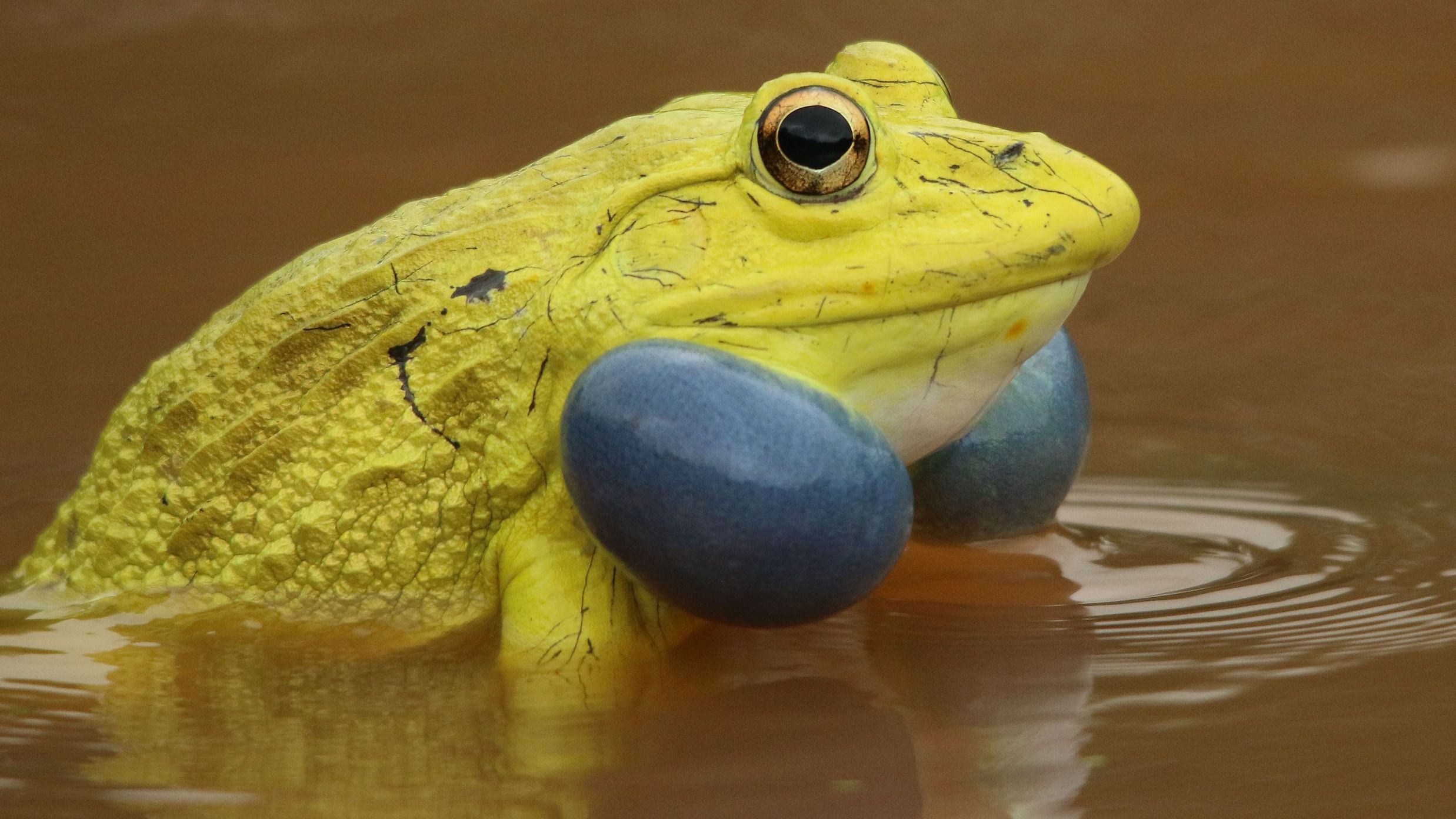
The first week of September followed a punctual rain schedule here in Gir. Sunny, clear mornings with crisp cumulus clouds, followed by nimbus clouds in the afternoon with humidity at its peak, and finally heavy downpours in the evening and night. The following morning would bring sunny skies yet again. In the forests, insects would take over. We would see butterflies mud puddling, frogs and toads croaking at every puddle, millipedes scavenging and centipedes hunting. Dragonflies would be skimming all over, chased by birds trying to hunt them down while dipping in roadside puddles.
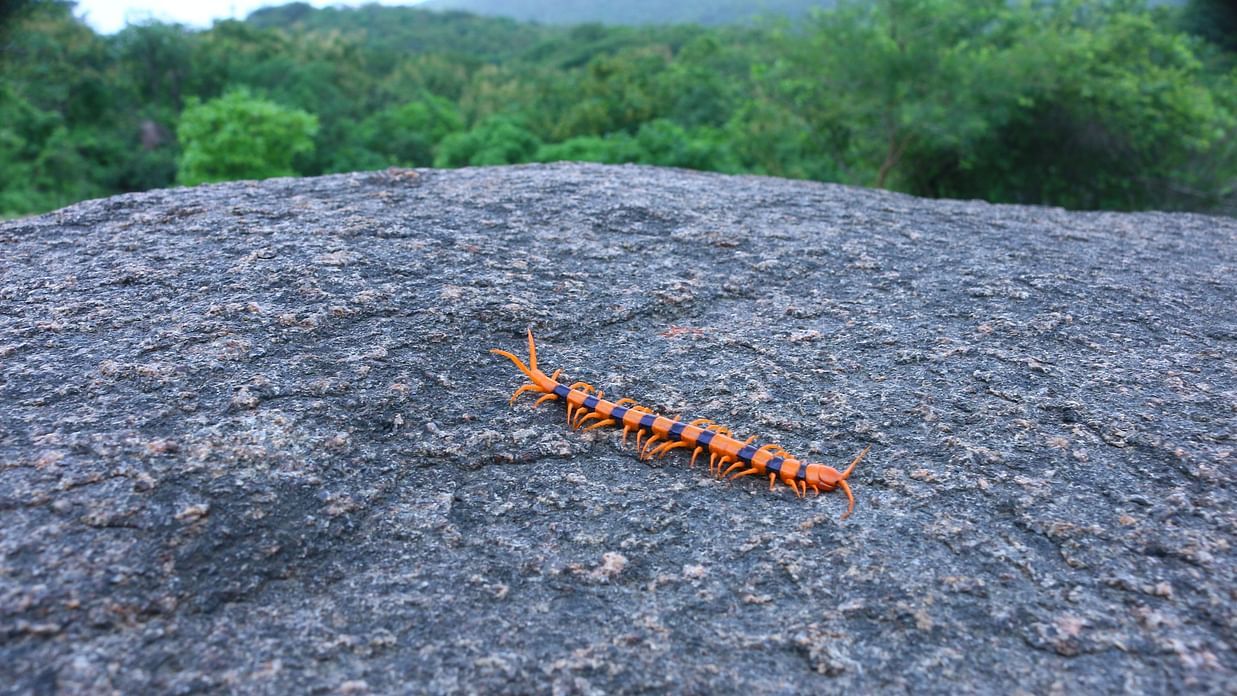
Indian Tiger Centipede
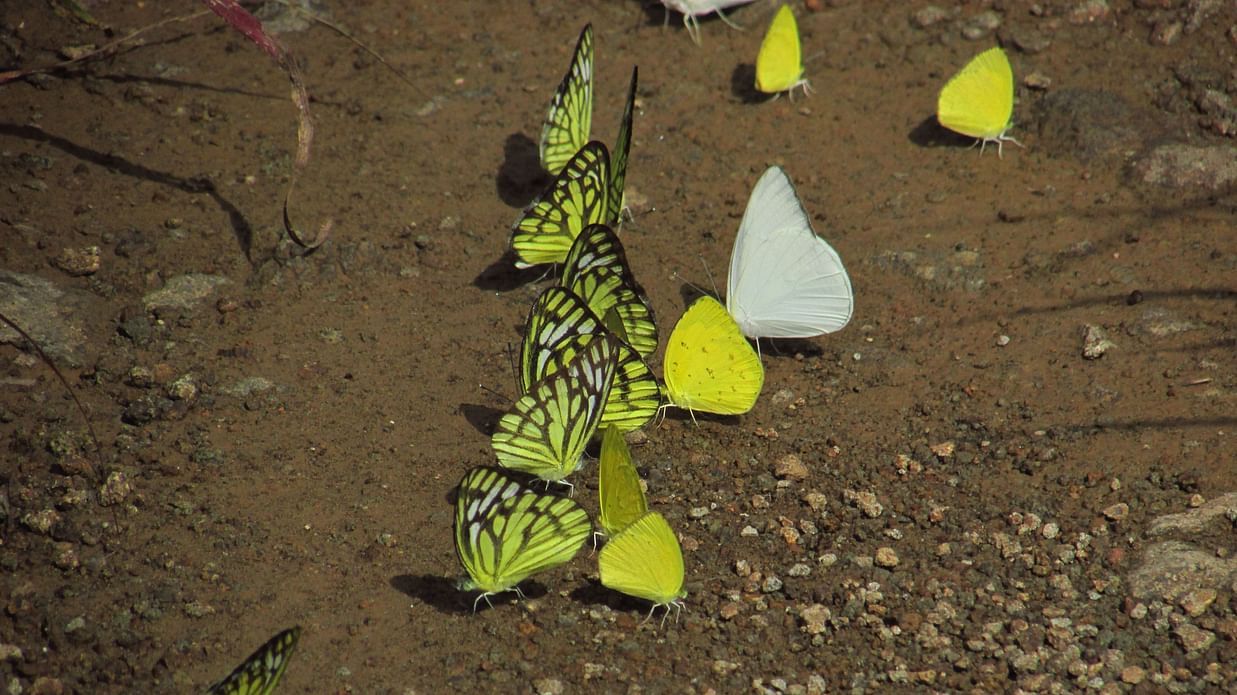
Butterflies Mud-Puddling
Butterflies do not sting, but they have a vast array of passive defense tactics to protect themselves from predators like birds and reptiles. They don bright colours to indicate toxicity to predators, they also mimic colour and body alignment while mud puddling to minimize shadows or camouflage with leaf litter and other surroundings.
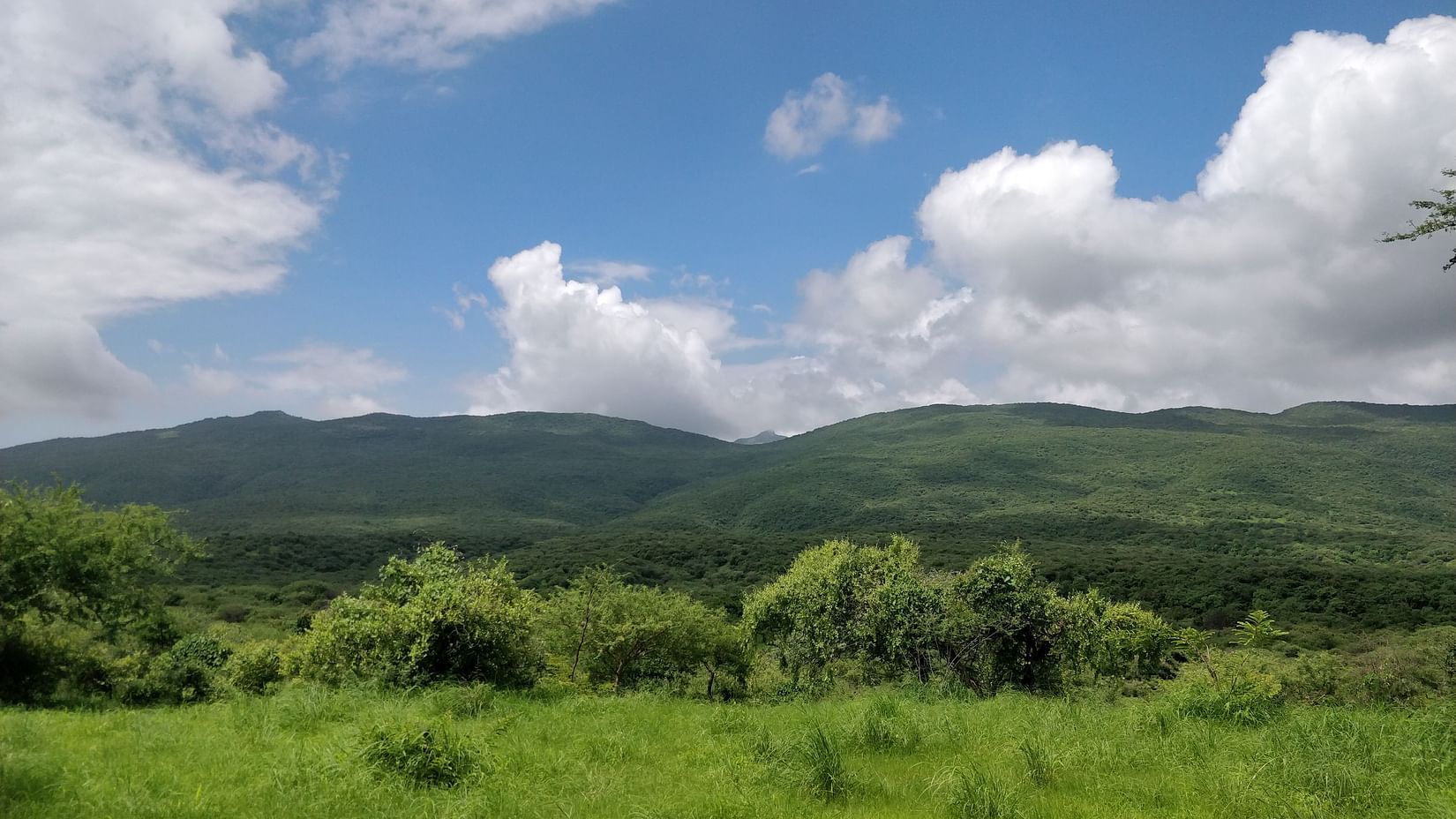

Lemon Pansy

Striped Tiger
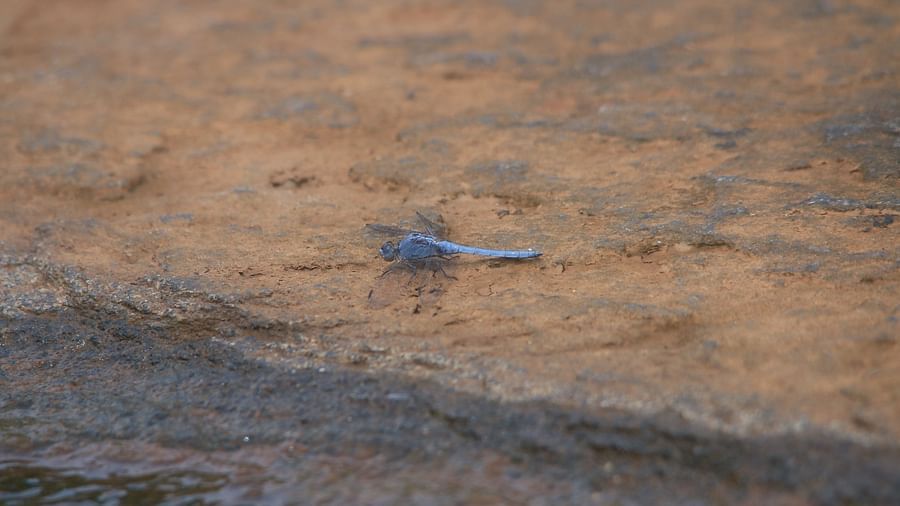
Little Skimmer

Ditch Jewel
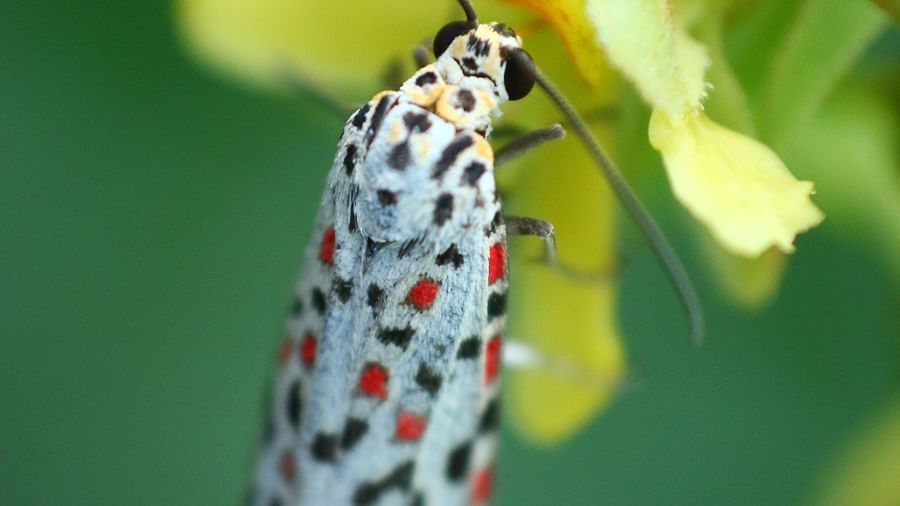
Moth Utetheisa
As far as dragonflies are concerned, the one species we saw the most in and around the lodge, was the Wandering Glider. These globe skimmers navigate along the north east monsoon winds going south and follow the rains, from north west to southern India, towards islands like the Maldives and going all the way to East Africa only to return. But this migration spans several generations. The reason dragonflies follow the rains is because it provides freshwater puddles for them to breed and lay eggs in.


Wandering Glider Migration Map

Few passage migrant birds also follow the same winds and migratory route, travelling to the African continent. They even fly at the same altitude as the dragonflies. It’s no surprise that they hunt the dragonflies mid-air while simultaneously migrating with them! We were quite lucky to document a few passage migrant bird species like Spotted Flycatcher, Eurasian Roller, Eurasian Hobby and Pied Cuckoo during our walking safaris around the lodge.

Eurasian Roller
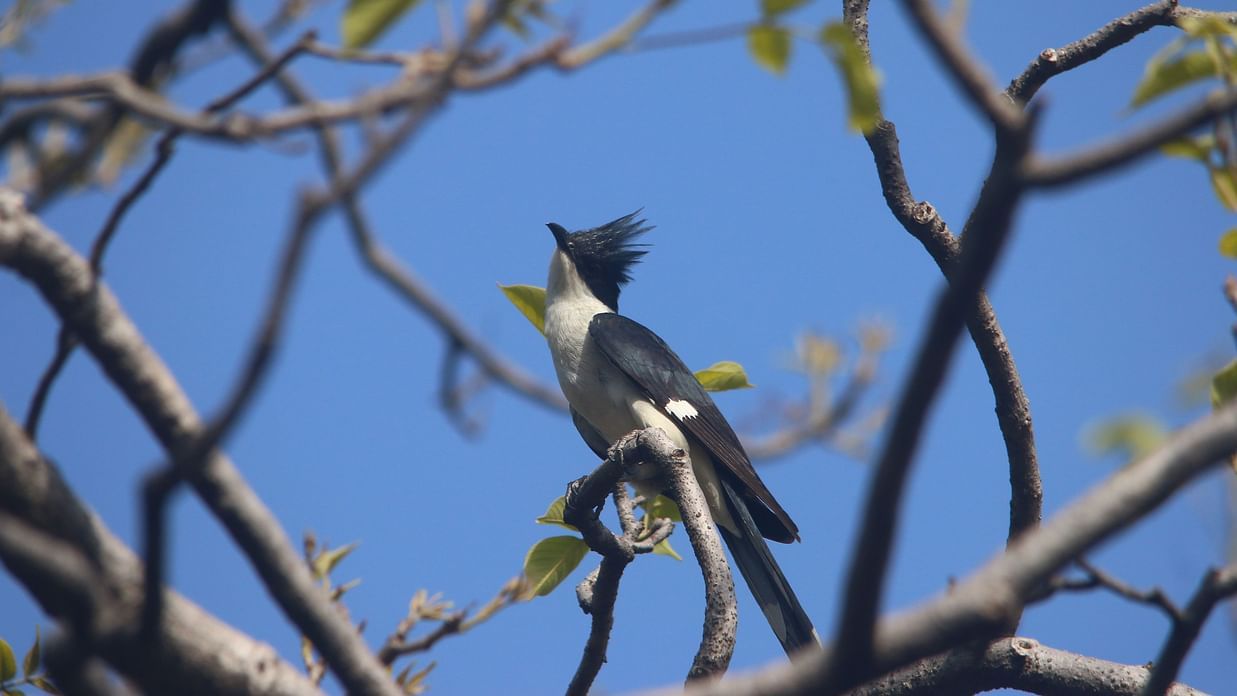
Pied Cuckoo
The Hiran river is one of the best spots to observe Mugger Crocodiles in their natural habitat. A check dam close to the lodge provides a unique point of view to observe them hunting or just basking. When the river floods in monsoon, it's fascinating to catch a glimpse of how these comparatively larger crocodiles swim upstream, against the current to avoid getting washed away. This view is often accompanied by a view of Maldharis and their cattle having a gala time in slushes and teenagers from nearby villages swimming in the river.

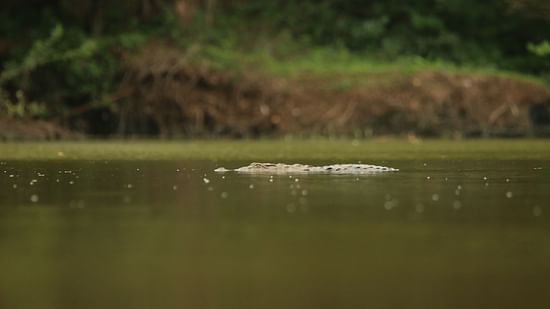
Marsh Crocodile

This year, Gir in monsoon has been extremely fulfilling. The plantations of native grass and trees we sowed in the lodge last season have adapted and blossomed more than any of us had expected. They have blended with the wildlife in a way that was not seen previously within the lodge. The more we see new wildlife starting to reside in these re-wilded habitats, the more our lodge begins to feel like an extension of the wild, which for us is the ultimate satisfaction.

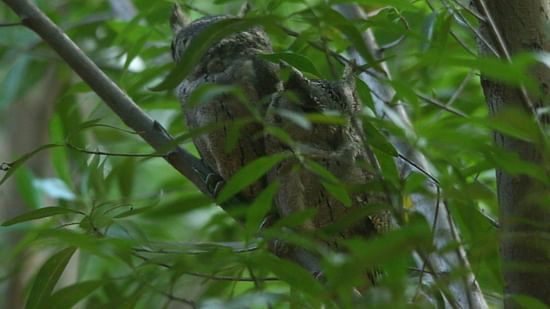
Scops Owl Behind Staff Accommodation
